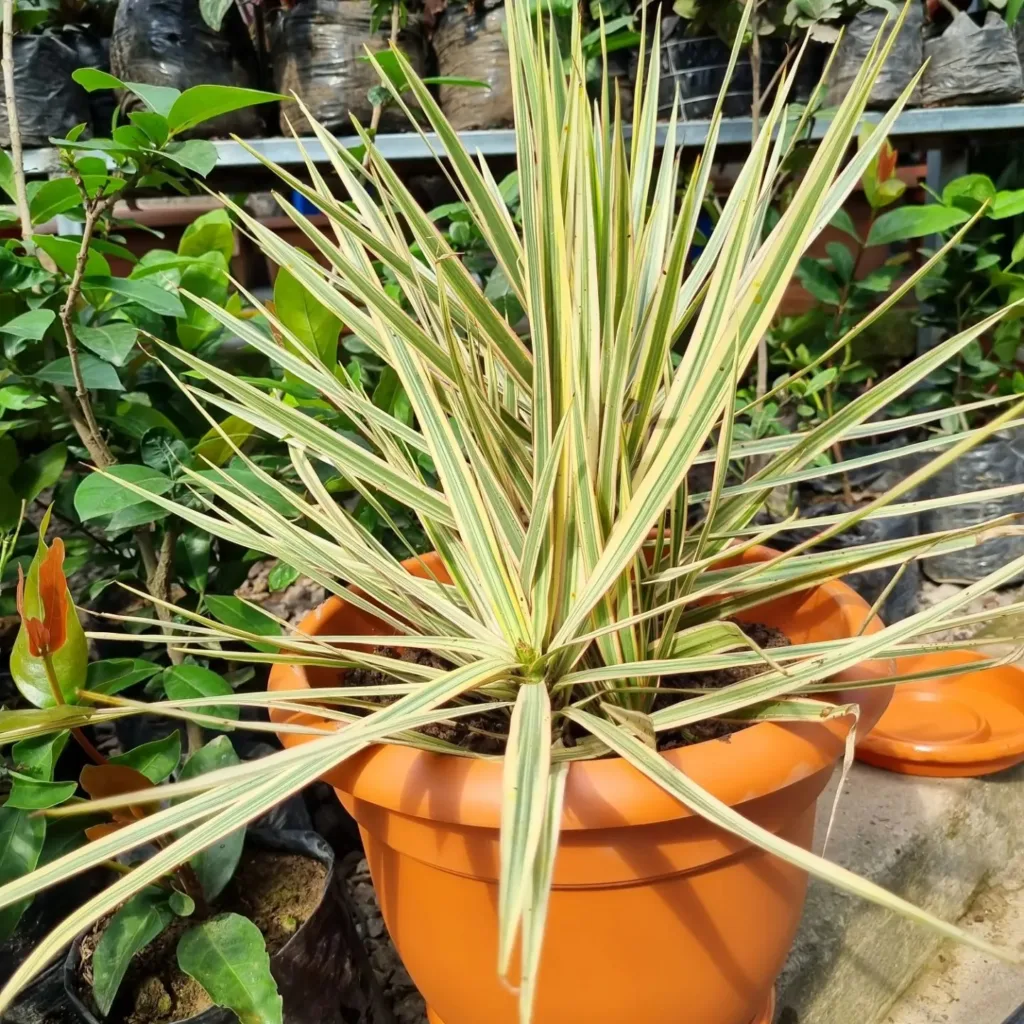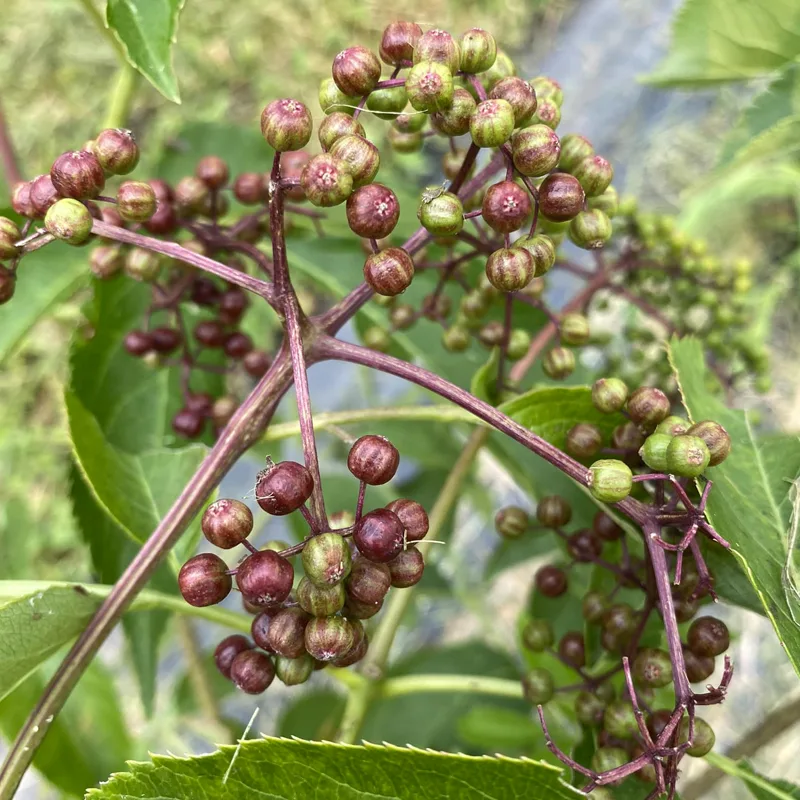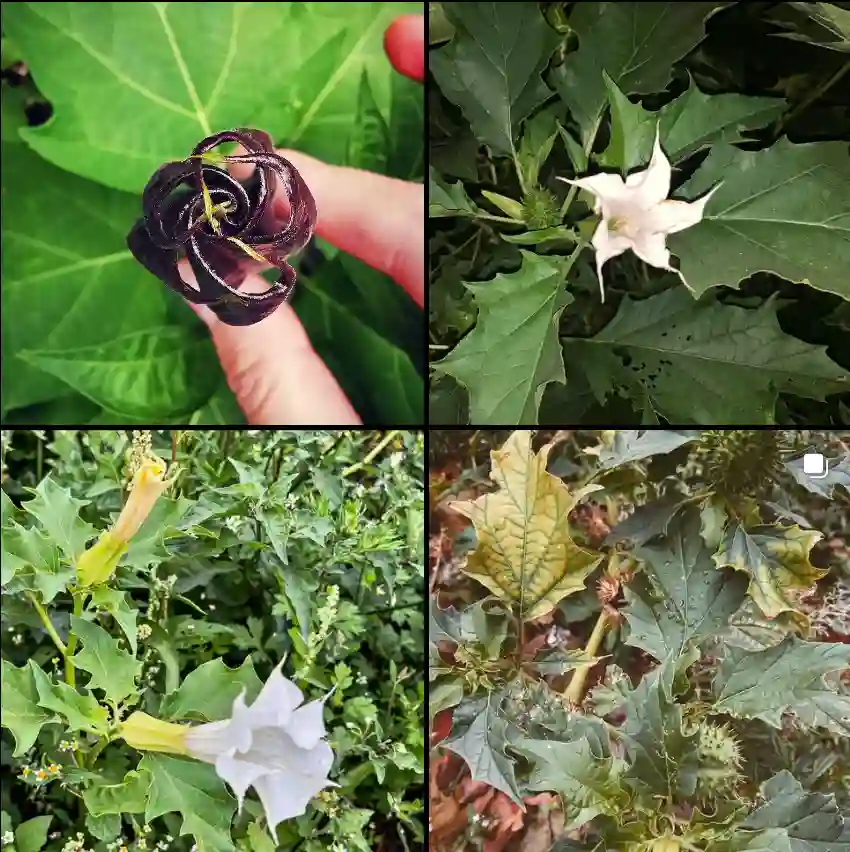Exploring the Dipentodontaceae Family
Dipentodontaceae is a unique and relatively obscure plant family that has always intrigued me. It contains two primary genera: Dipentodon and Perrottetia. Despite their limited visibility in mainstream horticulture, these plants have an ecological and botanical significance that makes them worth exploring. I’ll delve into their characteristics, natural habitats, and why I find them fascinating.
Understanding the Dipentodontaceae Family
Dipentodontaceae, though not widely known, holds a critical place in the plant taxonomy world. It falls under the order Huerteales, a small group that consists of a few families with similarly enigmatic traits. Dipentodontaceae is distinctive due to its unique floral structure and biogeographical distribution.
The family includes just two genera, Dipentodon and Perrottetia, with a few species in each. This limited diversity, combined with their specific habitat preferences, makes them particularly interesting to study.
The Dipentodon Genus
Characteristics and Features
Dipentodon species are small deciduous trees or shrubs found primarily in the subtropical and temperate regions of China and the eastern Himalayas. One notable species is Dipentodon sinicus. This plant has simple, alternate leaves and small, inconspicuous flowers. The flowers, which appear in spring, are wind-pollinated—a rarity among woody plants, which often rely on insects for pollination.
Habitat and Ecology
Dipentodon thrives in mixed forests at mid to high elevations, often in shady and moist conditions. This preference for less accessible areas has limited its visibility, even among botanists. However, its ecological role in these forested ecosystems is vital. The plant provides habitat and food for various species of insects and birds, contributing to the biodiversity of its native regions.
Personal Experience with Dipentodon
Though I haven’t encountered Dipentodon personally in the wild, I’ve read about its challenging cultivation outside its native habitat. This genus is sensitive to changes in temperature and soil composition, making it a demanding plant to grow. It’s a botanical collector’s dream due to its rarity and the challenge it presents.
The Perrottetia Genus
Characteristics and Features
Perrottetia is a small genus of evergreen shrubs and small trees, found mainly in tropical and subtropical regions of Asia and Central America. Unlike Dipentodon, Perrottetia species exhibit a broader distribution, which indicates their adaptability to different environmental conditions.
One notable species is Perrottetia racemosa. It has serrated, glossy leaves and bears small, clustered flowers that develop into brightly colored fruits. These fruits are often sought after by birds, aiding in seed dispersal and contributing to the plant’s reproductive success.
Habitat and Ecology
Perrottetia species are often found in montane forests, thriving in areas with high humidity and consistent rainfall. They play a significant ecological role in their habitats, particularly in the tropics, where they contribute to the forest’s structure and provide food and shelter for various fauna.
My Thoughts on Cultivating Perrottetia
The idea of cultivating Perrottetia is appealing due to its aesthetic value and ecological significance. Its glossy leaves and vibrant fruits make it a potential ornamental plant, but its need for specific conditions like high humidity and well-drained soil can be challenging. It’s a plant that would require careful planning and attention to thrive outside its native range.
Significance of Dipentodontaceae in Botanical Research
The Dipentodontaceae family, though small, offers valuable insights into plant evolution and biogeography. Studying these genera can help botanists understand plant migration patterns, speciation, and adaptation to different climatic conditions. Additionally, because both Dipentodon and Perrottetia are relatively untouched by commercial cultivation, they present an opportunity for further research and exploration.
Conservation and Future Prospects
Both Dipentodon and Perrottetia face threats from habitat loss and environmental changes. Their specific habitat requirements make them vulnerable to deforestation and climate change. Conservation efforts are crucial to protect these unique plants and their ecosystems.
For botanical enthusiasts like myself, these genera offer a glimpse into the intricate web of plant evolution and adaptation. Whether for academic research or personal curiosity, they represent a compelling chapter in the story of plant diversity.
Final Thoughts
The Dipentodontaceae family, with its two genera Dipentodon and Perrottetia, is a fascinating group of plants that challenges our understanding of plant distribution and ecology. Their rarity and specialized habitats make them subjects of intrigue and admiration for anyone interested in botany. While cultivating these plants may not be feasible for the average gardener, their study offers endless possibilities for understanding the complex interplay of nature and evolution.
I hope to someday encounter these plants in their natural habitats, appreciating them not just for their botanical uniqueness but also for their role in the greater ecological tapestry. For now, I continue to learn and share their stories, hoping to inspire others to explore the lesser-known corners of the plant kingdom.
If i die, water my plants!



